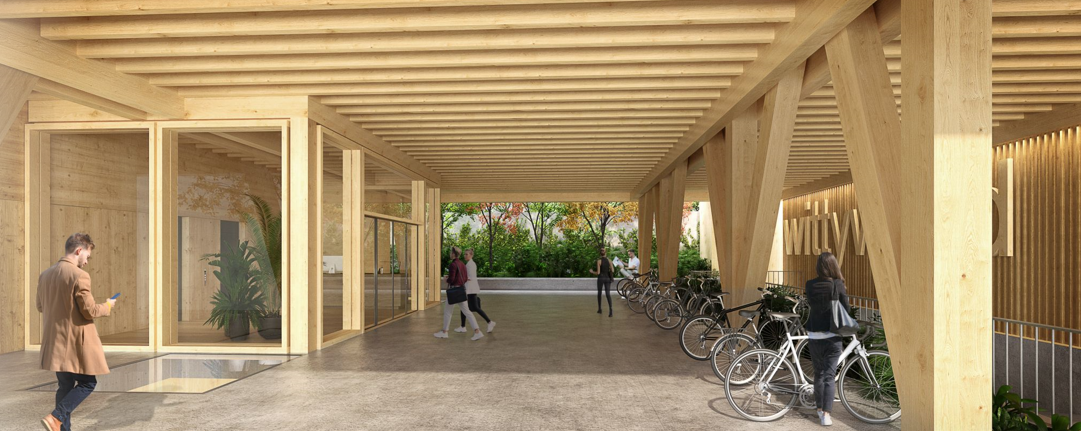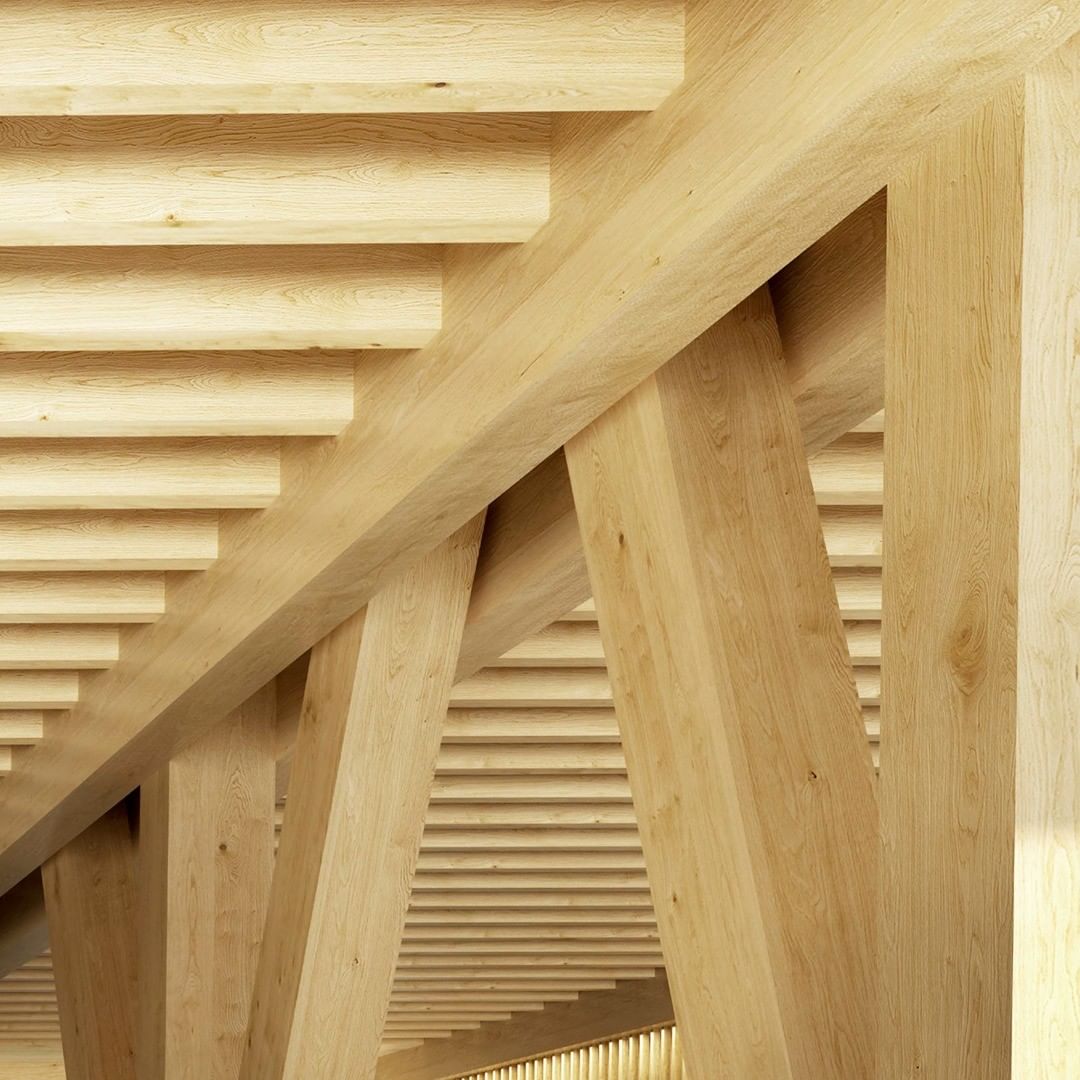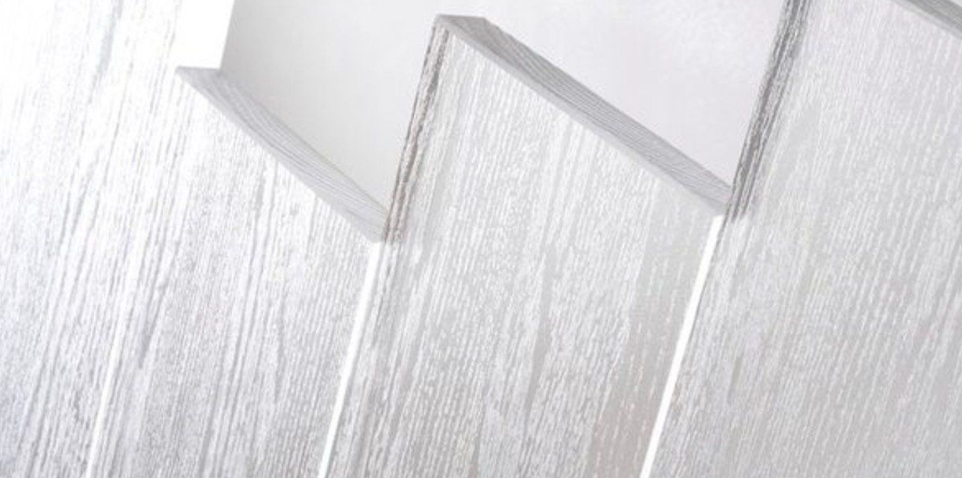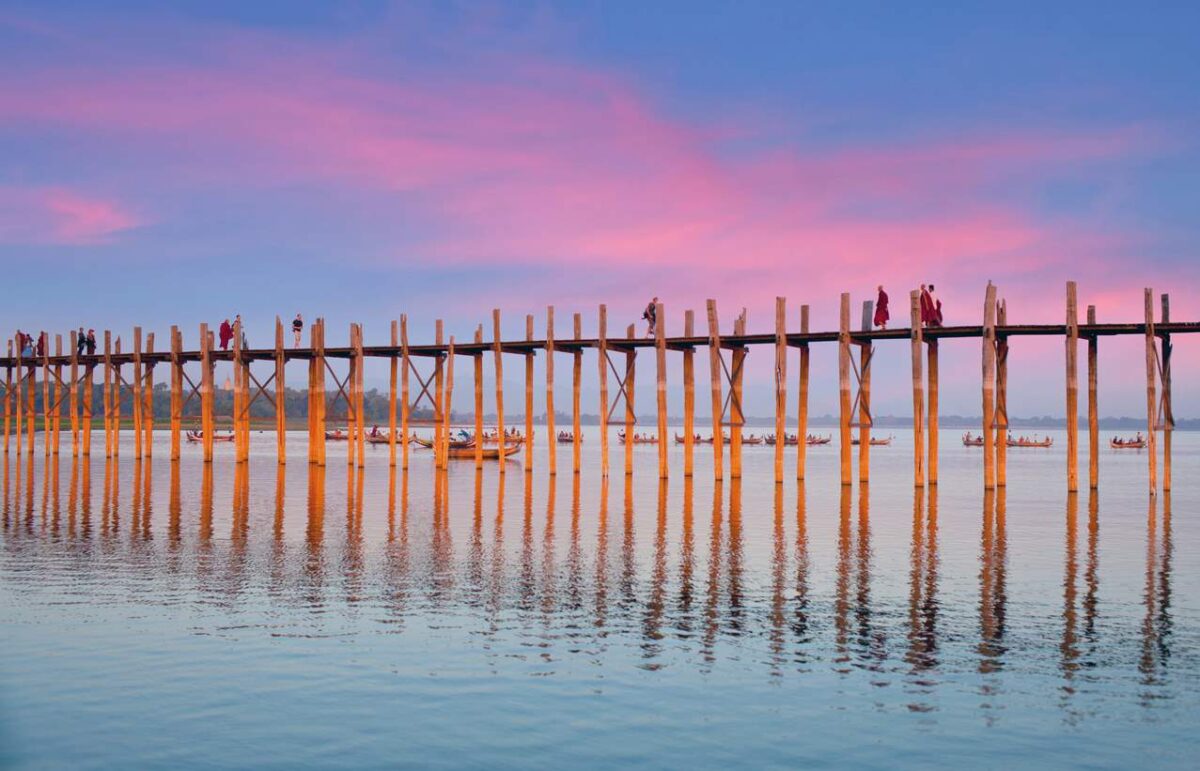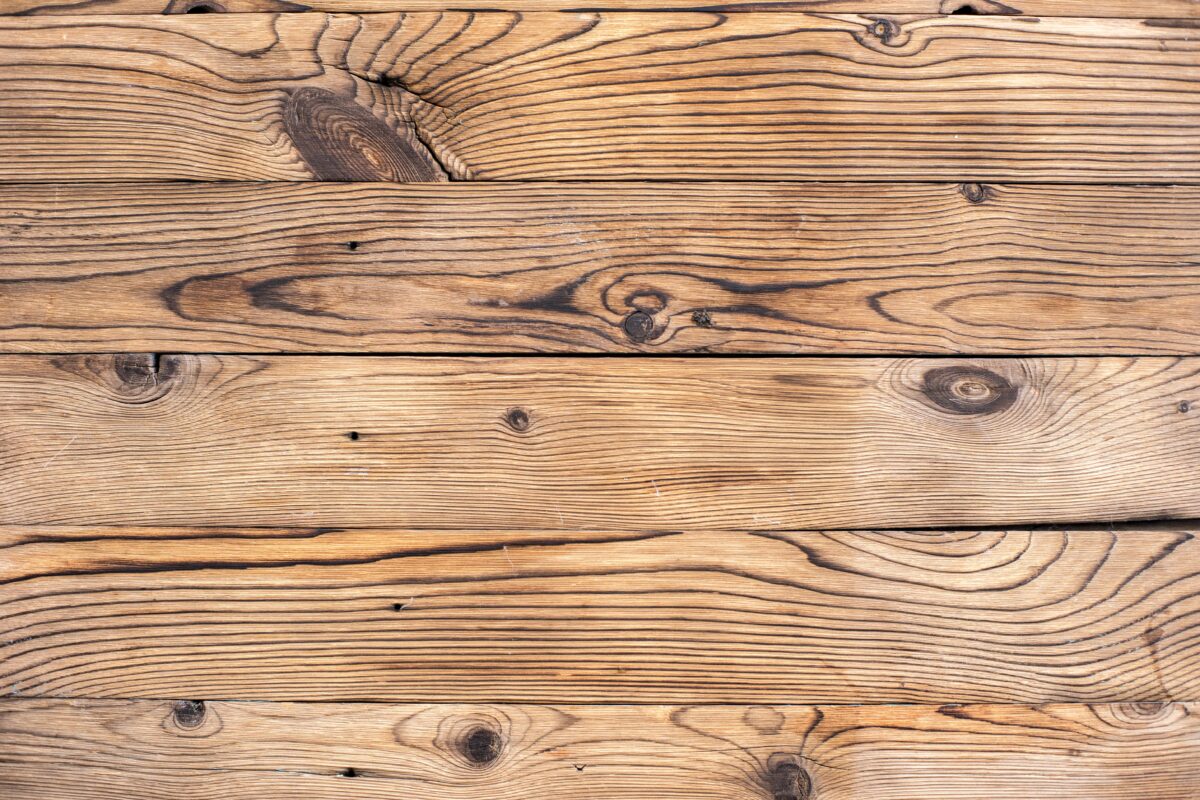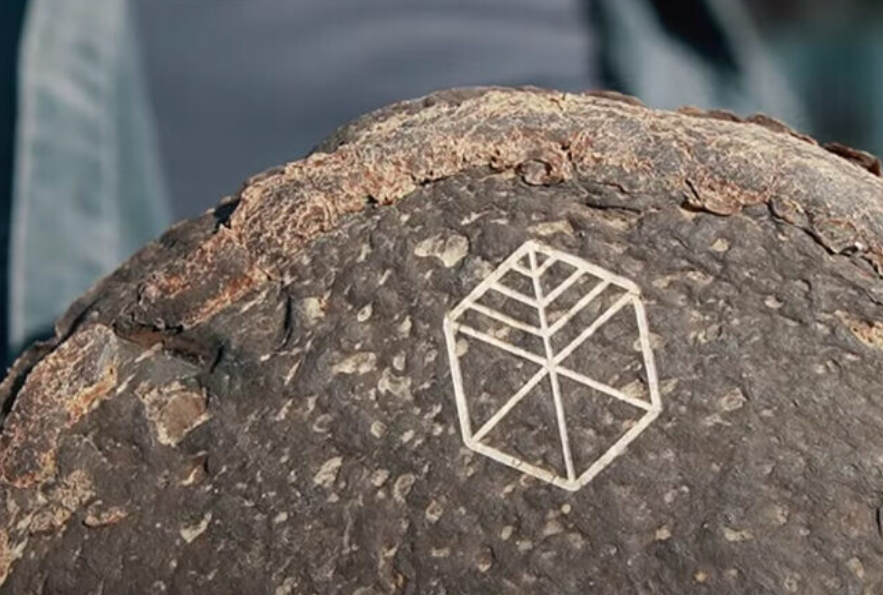The possibilities of wooden bridges
All materials have a durability and a useful life, even reinforced concrete, which is the second most used material in bridge construction, after steel. When a bridge is planned, it is difficult to know for sure how long the bridge can actually be in service. Therefore, maintenance is important so that it can last over time.
Every time a bridge is torn down and a new one is built, all the materials will be produced again and, consequently, new CO₂ emissions in the air. A sustainable alternative, although poorly developed and with many possibilities, consists of using wood in the construction of these infrastructures.
In today’s blog we gather some examples of bridges that have been built around the world:
- Kintai Bridge is one of the most famous bridges in Japan. It was built in 1673 so that citizens could cross the Nishiki River and its structure is made up of 5 wooden arches. The first versions of the bridge did not use metal nails. The engineers had to devise a way so that the wood would not be damaged due to being in contact with the water and this they achieved by carefully adjusting the wooden parts and creating thick support beams by attaching them with metal belts to the main wooden parts of the bridge; after, it would be covered by sheets of copper.
- Kapellbrücke Bridge, located in the city of Lucerne in Switzerland is one of the oldest bridges in Europe, built in the XIV century. It is a covered wooden walkway that crosses the Reuss River and contains a series of interior paintings that show part of the history of the city of Lucerne.
- U-bein Bridge, built with teak wood, is one of the longest bridges in the world with 1.2 kilometers in length and 1086 pillars. Although most of these pillars are originally from the year 1851, some of them have been replaced by concrete pillars to safely support the transit of people. It is located in Amarapura, near Mandalay in Myanmar, and is one of the most visited attractions of ancient Burma.
- Chengyang Wind and Rain Bridge in China. It was built in 1912 with stone and wood, without using a single nail. An architectural symbol of the Don ethnic group, it is made up of five tower-like pillars, with a layered roof design spanning the Linxi River.
- Xuan Bridge in Shiziguan, also known as the ‘bridge of dreams’, is a floating bridge for automobiles. Built by the Shanghai Qihua company, it has an extension of 500 meters and it is built with wooden planks that follow the course of the river.
Current bridges are the result of technological evolution, not only of design, but also of materials, and in this context wood could be contemplated.

